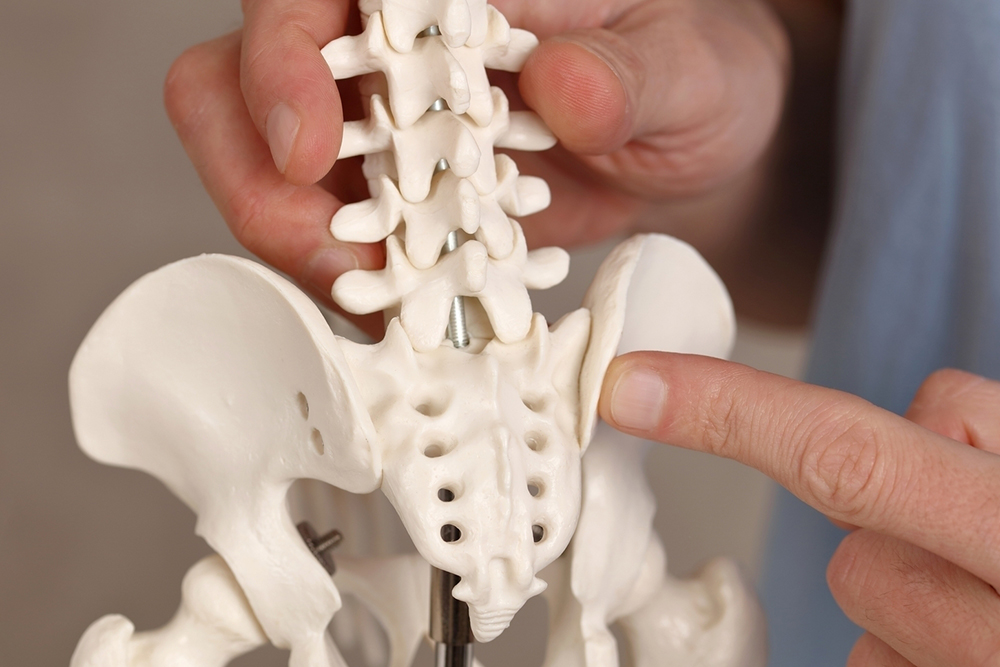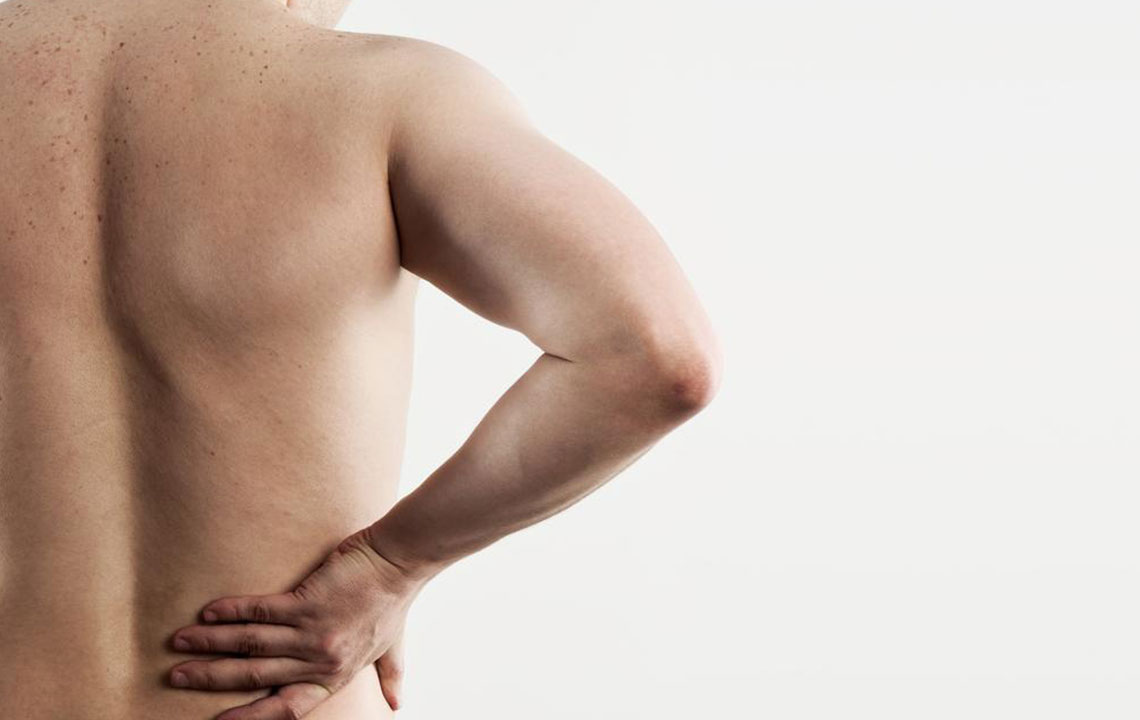Comprehensive Approaches to Relieve Tailbone Pain Effectively
Discover detailed strategies to effectively manage and alleviate coccyx pain. This extensive guide covers physical therapy, supportive cushions, proper sleep positions, stretching, strengthening exercises, and lifestyle changes. Addressing tailbone discomfort with a holistic approach can improve comfort, mobility, and overall quality of life. Learn how to implement these proven methods for long-term relief and prevent future pain episodes.

Comprehensive Approaches to Relieve Tailbone Pain Effectively
Experiencing tailbone discomfort can significantly impact daily life, limiting your ability to perform routine activities comfortably. The coccyx, or tailbone, plays a crucial role in supporting your pelvis and maintaining proper posture, but various factors such as injuries, poor sitting habits, or underlying health conditions can lead to persistent pain. Addressing coccyx pain requires a multi-faceted approach combining lifestyle modifications, targeted therapies, and supportive measures. Understanding these strategies can help individuals alleviate discomfort and improve their quality of life.
Effective management involves identifying the root cause of the pain, whether it stems from trauma, prolonged poor posture, or degenerative changes. Once diagnosed, various treatment options become available, each aimed at reducing inflammation, easing muscle tension, and promoting healing. This comprehensive guide explores the most effective strategies to combat coccyx discomfort, providing practical tips and expert recommendations for long-term relief.
1. Engage in Professional Physical Therapy Sessions
Seeking help from a qualified physical therapist can make a significant difference in managing tailbone pain. A professional therapist can assess your specific condition and develop customized exercises focused on strengthening muscles around the pelvic region. Techniques such as pelvic floor relaxation, deep breathing exercises, and gentle stretching can help reduce tension in the surrounding tissues, improving mobility and decreasing pain. Regular physical therapy not only alleviates current discomfort but also helps prevent future occurrences by correcting muscle imbalances and improving posture.
2. Apply Hot and Cold Therapy Effectively
Using heat and cold treatments is a time-tested method for reducing coccyx pain. Applying a heat pack or warm compress relaxes tense muscles, promotes blood flow, and provides soothing relief. Conversely, cold packs help decrease inflammation and numb the area, reducing swelling and sharp pain. Alternating between heat and cold therapy can enhance overall comfort and speed up the healing process. It is recommended to apply each for about 15-20 minutes, ensuring the skin is protected to prevent burns or frostbite.
3. Incorporate a Coccyx Cushion into Your Seating Routine
One of the most accessible and practical solutions is the use of a coccyx cushion, also known as a tailbone pillow. These specially designed cushions have a cut-out area at the back to relieve pressure on the coccyx while sitting. By distributing body weight evenly and supporting proper hip alignment, coccyx cushions help reduce strain and alleviate persistent pain. They are ideal for use at work, during travel, or while relaxing at home. Investing in a high-quality cushion tailored to your needs can dramatically improve comfort during prolonged sitting.
4. Select Appropriate Supportive Pillows
The type of pillow you use during rest and sleep profoundly influences pain management. Opt for firm, supportive pillows that maintain spinal alignment and reduce undue pressure on the tailbone. Memory foam pillows or orthopedic cushions can conform to your body shape, providing targeted support to the lower back and hips. Proper pillow selection ensures that your spine stays properly aligned, preventing aggravation of coccyx pain and facilitating better sleep quality.
5. Adopt Sleeping Positions that Minimize Coccyx Pressure
Your sleeping posture significantly impacts tailbone health. Sleeping on your back is generally recommended as it evenly distributes weight across the body, minimizing direct pressure on the coccyx. For added comfort, placing a small pillow or a knee wedge beneath your knees can help maintain the natural curve of your spine and reduce strain on the lower back. Alternatively, sleeping on your side with a supportive pillow between your knees promotes proper hip alignment and reduces pressure on the affected area.
6. Favor Side Sleeping Over Prone Positions
Stomach sleeping, or prone positioning, often increases pressure on the coccyx and can intensify discomfort. It is advisable to avoid this position altogether if you experience tailbone pain. Instead, prioritize side sleeping with appropriate support to protect the tailbone and promote spinal health. This position also helps maintain correct pelvic alignment and minimizes strain on the lower back and hips.
7. Enhance Spinal Flexibility Through Gentle Stretches
Maintaining flexibility in the lower back and hip regions can significantly reduce coccyx pain. Incorporate gentle stretching exercises into your daily routine, such as the cat-cow stretch, cobra pose, or child's pose. These stretches improve spinal mobility, relieve muscle tightness, and reduce trigger points around the tailbone. Always perform stretches carefully and consult with a healthcare professional to ensure exercises are appropriate for your condition, especially if you have existing back issues.
8. Strengthen Gluteal and Core Muscles
Building strength in the gluteal muscles provides better pelvic support, which can alleviate pressure on the coccyx. Targeted exercises such as bridges, squats, and hip thrusts promote blood flow, reduce muscle trigger points, and facilitate healing. Strengthening these muscles enhances posture stability and helps prevent further injury. Additionally, a strong core supports overall spinal health, indirectly reducing tailbone pain and contributing to long-term comfort.
9. Practice Therapeutic Yoga for Tailbone Relief
Yoga offers numerous poses that stretch and strengthen muscles in the lower spine, hips, and pelvis. Poses such as side angle, bow, pigeon pose, and cat-cow promote flexibility, reduce stiffness, and improve posture supporting the coccyx. Regular practice can also help manage stress and enhance overall body awareness, which indirectly contributes to pain relief. It is advisable to learn yoga from a qualified instructor who can modify poses to suit your specific needs.
10. Lifestyle Adjustments and Preventive Measures
Beyond targeted treatments, making simple lifestyle changes can prevent coccyx pain from recurring. Maintain good posture while sitting, avoid prolonged sitting without breaks, and practice proper lifting techniques. Regular exercise, including aerobic activities and stretching, supports overall musculoskeletal health. Wearing supportive footwear and maintaining a healthy weight also reduces strain on the pelvic region. If coccyx pain persists or worsens, consult a healthcare professional promptly to explore further diagnostic and treatment options.
In conclusion, managing coccyx pain effectively requires a comprehensive approach that combines therapy, supportive tools, proper sleeping and sitting practices, and strength-building exercises. By implementing these strategies consistently, individuals can experience significant relief, restore mobility, and improve their overall well-being.





